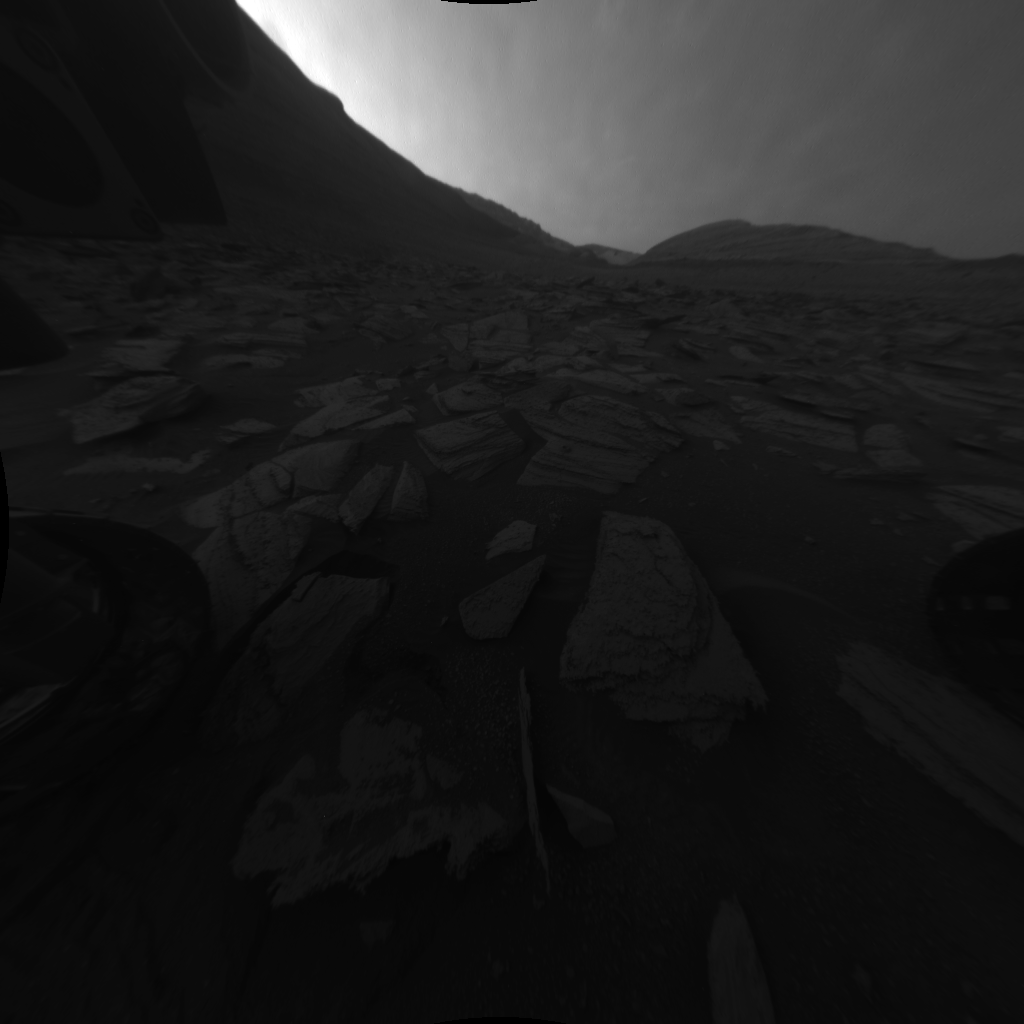By the 2030s, if NASA’s and other space agencies’ plans come to fruition, astronauts and the occasional tourist group will frequently visit the moon. Not long after that, they’ll be able to live for extended periods on lunar outposts, much like astronauts do in space stations today. By the 2040s or 2050s, travelers to Mars could become common too.
But what will life actually look like for these intrepid space explorers? (Or foolish guinea pigs, depending on your perspective.) Kelly and Zach Weinersmith envision the future of space settlements in A City on Mars, their new book published Tuesday. The married duo dive into details and practical challenges, including water and food supplies, maintaining people’s health, competition for the most desirable territory, raising kids, and even legal troubles in space. They imagine spats over real estate and labor rights, for example.
Kelly Weinersmith is an ecologist and adjunct professor at Rice University, and Zach Weinersmith is the illustrator of the Saturday Morning Breakfast Cereal webcomic. Together, they previously wrote Soonish about emerging technologies. Now they bring their science communication and cartooning skills to bear on space colonization issues, while also debunking misconceptions about what living in a Martian civilization might be like.
For example, the duo critiques boastful claims by the head of NASA and commercial space CEOs about a profitable lunar economy and Gold Rush-like race for water. “There’s just not that much water. It’s hard to get, and it’s in a tiny number of places. We did a rough estimate of the total area of water, and it’s about the size of a modest gentleman’s farm,” Zach Weinersmith says.
While he likes to make jokes with his artwork, he aimed for more than that throughout this book. “The illustrations are there not just for zingers; they’re there to respond to the text and to provide illumination,” he says.



